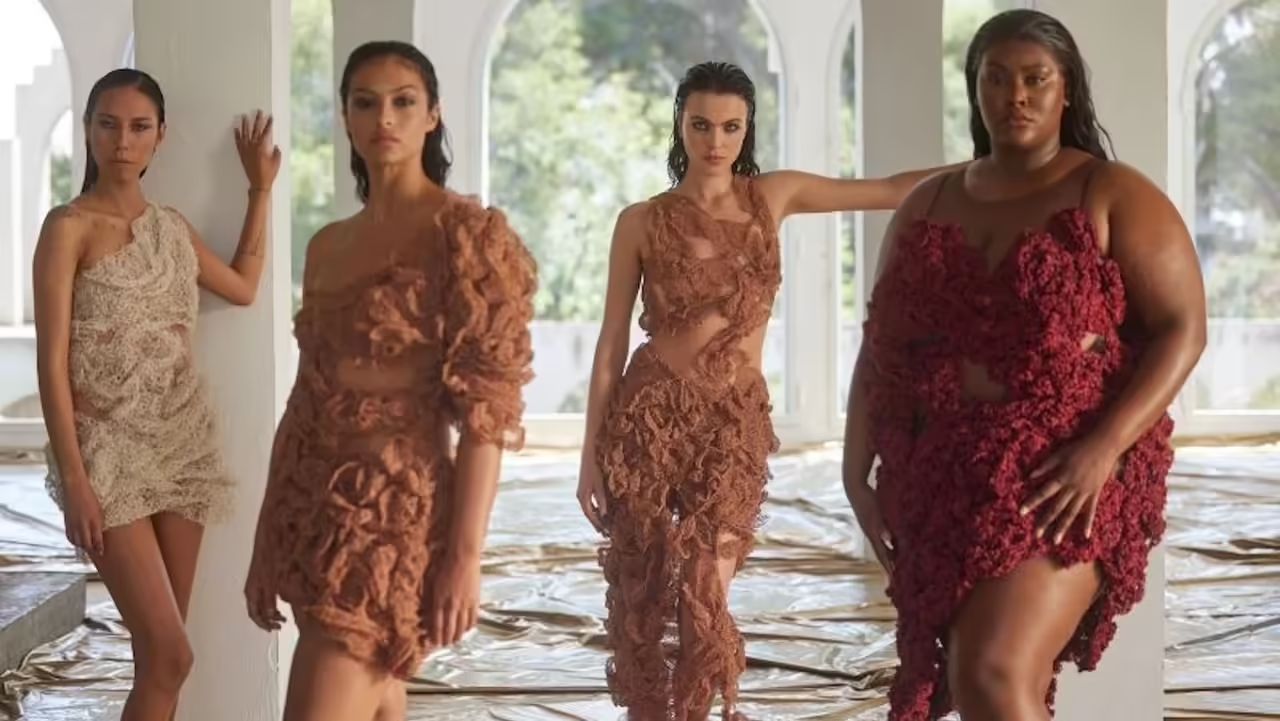
Introduction
Barbie doll is one of the most iconic and recognizable dolls in the world. Since its creation, it has played a significant role in popular culture and the lives of generations of children. In this article, we will explore the origin and fascinating history of Barbie, from its conception to its impact on society.
Barbie’s Early Days
The story of Barbie’s inception is a fascinating tale of a mother’s observant eye, a visionary idea, and the birth of a cultural icon. Ruth Handler, co-founder of Mattel, Inc., played a pivotal role in the creation of Barbie. Her inspiration struck one day as she watched her daughter, Barbara, engrossed in playing with paper dolls. This simple yet profound observation led to the birth of a doll that would captivate the hearts and minds of millions of children worldwide.
In 1959, Mattel unveiled their groundbreaking creation at the New York Toy Fair. The world was introduced to a doll like no other. With her signature blonde hair, elegant fashion sense, and her iconic striped swimsuit, Barbie burst onto the scene, marking the inception of a toy that would bring about a revolution in the toy industry.
Ruth Handler’s vision was clear: she wanted to provide young girls with a doll that represented the image of an adult woman. At a time when most dolls were infant-like, Barbie was a breath of fresh air. She was not a baby; she was a teenager who embodied sophistication and style. The name ‘Barbie,’ taken from Ruth’s own daughter, was a testament to her desire to create a doll that girls could dream of becoming. Barbie was, from her very beginning, a reflection of aspirations and possibilities.
This launch was the start of a journey that would change the way children played and imagined their futures. Barbie became more than just a doll; she became a source of inspiration and empowerment. With her fashionable wardrobe and endless career possibilities, she encouraged young minds to dream, explore, and believe in themselves. The legacy of Barbie’s early days serves as a reminder of the power of a mother’s observation, a visionary idea, and a doll that would shape the childhoods of generations to come.
The Name Behind Barbie
Barbie’s name carries a special personal touch that adds depth to her identity. She was named after Ruth Handler’s daughter, Barbara. Ruth’s motivation to create Barbie stemmed from a belief that dolls of that era were predominantly focused on representing infants. She yearned to provide young girls with a different kind of doll, one that would symbolize an adult woman, a role model they could look up to and aspire to become. Thus, the iconic Barbie doll was conceived, breaking the mold of conventional baby dolls.
The choice of the name ‘Barbie’ was not coincidental. It was a deliberate and heartfelt decision. By naming the doll after her own daughter, Ruth imbued the creation with a personal connection that went beyond mere toy manufacturing. It signified a mother’s aspiration for her child and, by extension, for all children. Barbie, with her stylish and sophisticated demeanor, was a manifestation of those aspirations.
This personal touch in the naming of Barbie added a unique dimension to the doll’s character. She was not just a toy; she embodied the dreams and ambitions of both her creator and the countless children who would come to cherish her. Barbie was more than an inanimate figure; she was a representation of the potential within every young girl’s imagination. This personal connection between Ruth, Barbara, and Barbie has continued to resonate through the generations, making Barbie not just a toy but a symbol of possibility and empowerment.
Evolution of Barbie Over the Years
From its humble beginnings, Barbie has undergone significant evolution. Over the decades, it has experienced changes in its appearance, professions, and representation in society. Let’s explore this evolution.
The First Barbie
Barbie’s initial appearance in 1959 marked a groundbreaking moment in the world of toys. Introduced as a “teenage fashion model,” this first-generation Barbie captivated the hearts and minds of children and adults alike. Dressed in a stylish swimsuit, she exuded a sense of sophistication and glamour that was unprecedented in the world of dolls. Her svelte silhouette, perfectly coiffed blonde hair, and striking blue eyes set her apart as a true fashion icon from the very beginning.
Barbie’s debut was not just about a new toy; it was about the embodiment of an era. She became a canvas upon which the evolving fashion trends of the time were vividly displayed. The early years of Barbie’s existence saw her don a wide array of outfits, mirroring the ever-changing fashion landscape. From trendy swimsuits that captured the essence of beachside vacations to elegant evening gowns that radiated grace and sophistication, Barbie became a living reflection of the fashion aspirations of young girls.
But Barbie didn’t stop at fashion; she also ventured into the world of careers. With her diverse range of professional outfits, she encouraged young minds to dream beyond conventional roles. Whether dressed as an astronaut, doctor, or businesswoman, Barbie showed that girls could aspire to any profession they desired.
The first Barbie wasn’t just a doll; she was a symbol of empowerment and limitless potential. She encouraged girls to envision themselves as strong, independent individuals who could pursue their dreams in any field. Barbie’s impact on both the toy industry and society was undeniable, and her legacy would continue to evolve in the decades to come.
Professions and Diversity
As society evolved, Barbie evolved as well. Mattel introduced a variety of professions for Barbie, from a doctor to an astronaut. These professional dolls inspired girls to imagine a future full of possibilities. Additionally, versions of Barbie from different ethnicities and cultures were released, promoting diversity and inclusion.
Barbie’s diversity was reflected not only in her appearance but also in her roles. From teachers to athletes, Barbie showed that women could be anything they set their minds to. This early inclusion laid the foundation for future generations of girls.
Changes in Body Image
Over the years, Barbie has been a subject of controversy due to her extremely slim figure. In response, Mattel has released Barbies with different body types, including curvy and more realistic sizes. These changes aim to promote a positive body image and a more realistic representation of women.
The “Barbie Fashionistas” line introduced a variety of body shapes and sizes, including “Curvy” and “Tall.” These new Barbie models sent a powerful message that beauty comes in all shapes and sizes. The evolution of Barbie’s body image reflects a greater awareness of diversity and the importance of self-esteem.
Cultural Impact and Legacy
Barbie has not only been a toy but also a cultural symbol. She has inspired children worldwide to imagine and dream big. Her influence has extended to fashion, music, television, and more.
Barbie in Pop Culture
Throughout the decades, Barbie has been a constant presence in popular culture. She has appeared in movies, TV shows, and has been featured in songs by famous artists. Her image has become an icon.
Barbie has been a source of inspiration for renowned fashion designers. High-end fashion brands have created exclusive outfits for Barbie, turning her into a figure of style and elegance. Her influence on fashion is undeniable.
Barbie Collecting
Barbie has created a passionate community of collectors. Special editions and rare dolls become treasures for those who enjoy collecting these pieces of toy history. Some vintage Barbies have become highly valuable collectibles.
Barbie collectors gather at conventions and fairs to trade dolls and share their passion. Each Barbie tells a story, and collectors cherish them as personal treasures.
Conclusion
The Barbie doll has come a long way since its creation in 1959. Throughout its history, it has changed to reflect the evolution of society and children’s expectations. Its legacy endures as an icon of popular culture and as a reminder of the power of imagination and creativity in play. Barbie has proven to be much more than just a doll; she is a symbol of endless possibilities.
This article provides an overview of Barbie’s history, highlighting its evolution over the years. From its initial appearance to its diversity and its influence on popular culture, Barbie has left an indelible mark on the childhood of millions of people. Its ability to adapt to social changes and promote diversity makes it a role model for future generations. Barbie continues to inspire children to dream big and believe in themselves. Its history is a testament to the importance of play in developing imagination and self-esteem.







